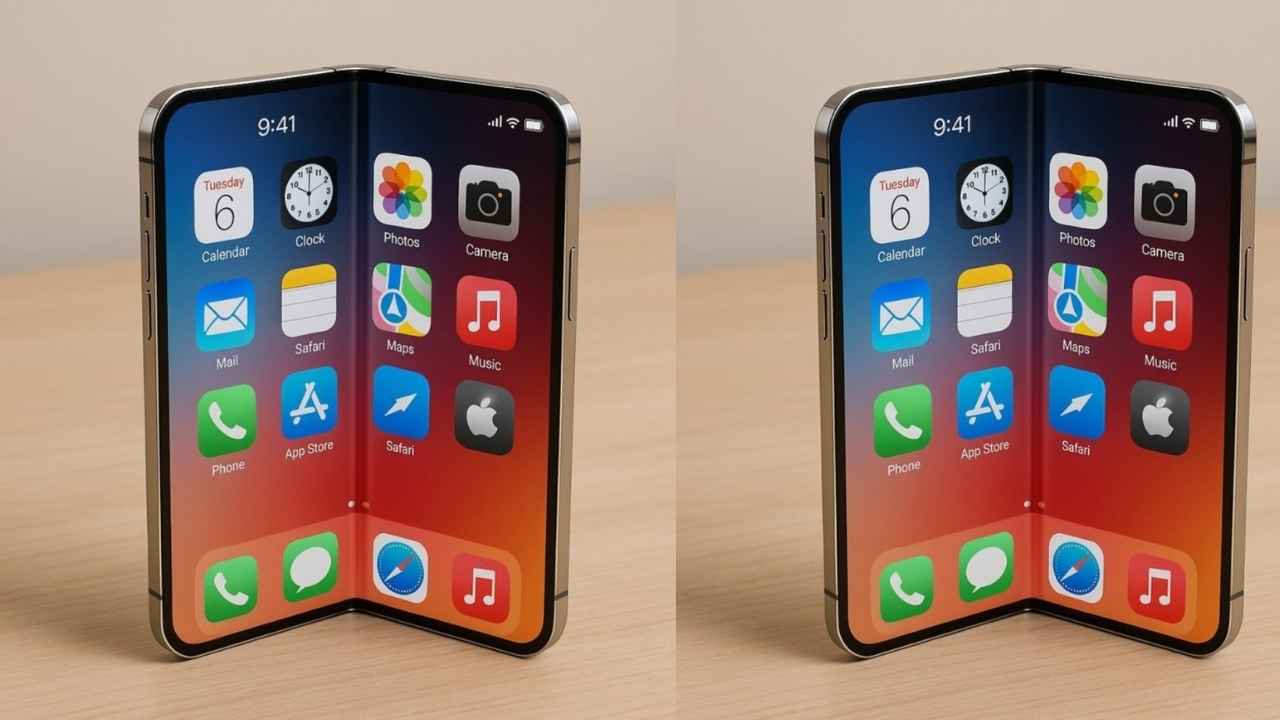Apple has unveiled a new version of the iPhone with a $2,000 price tag, making it one of the priciest smartphones for consumers to date. This release has initiated discussions around technology, consumer preferences, and the increasing demand for high-end gadgets, alongside worries about the accessibility of such expensive products in a competitive marketplace.
The latest version of the leading series by the tech giant introduces advanced features, state-of-the-art hardware, and improved software functions. The newest iPhone offers upgraded cameras, faster processors, and superior display technology, establishing Apple’s device as a top choice for consumers who value high performance, innovation, and design. Although the price has generated some surprise, the company maintains that the improvements validate the expense for individuals desiring the best smartphone experience.
Characteristics and advancements influencing the cost
The $2,000 iPhone includes several technological upgrades that differentiate it from previous models. Among these are state-of-the-art camera systems capable of professional-level photography and videography, high-resolution displays with superior brightness and color accuracy, and processors designed to handle demanding applications with ease. Additionally, Apple has integrated new software features that improve user experience, security, and connectivity, reinforcing the device’s status as a premium product.
Battery life and charging speed have also been optimized, catering to users who rely heavily on their smartphones for work, media, and communication. The inclusion of enhanced materials, such as aerospace-grade alloys and ceramic shields, further contributes to the elevated cost. These innovations reflect Apple’s ongoing strategy of combining functionality, durability, and aesthetic appeal in a device that serves both practical and aspirational purposes.
Market response and consumer considerations
Reactions to the launch have been mixed. Some consumers see the new iPhone as a status symbol, a tool that not only provides high performance but also signals sophistication and technological literacy. Others question whether the benefits justify the price, particularly when alternative devices offer many similar features at significantly lower costs. Market analysts suggest that Apple is targeting a specific segment of the consumer base—those willing to pay a premium for the latest technology and brand recognition.
The introduction of a $2,000 mobile phone also prompts discussions about affordability and customer purchasing behaviors. For numerous individuals, buying such an expensive gadget signifies a major financial commitment, possibly necessitating installment payments or exchanging older devices. Nonetheless, Apple has consistently achieved high sales in its luxury segment, indicating that interest persists even during economic instability and competitive challenges.
Broader implications for the smartphone industry
Apple’s approach to setting prices mirrors larger patterns within the smartphone sector, where advancements frequently come with increased expenses. Rivals might react by launching their own upscale versions, featuring enhanced attributes to lure high-end consumers. Meanwhile, devices in the mid-range and affordable categories still capture the bulk of the market, focusing on value and accessibility rather than luxury and the latest technology.
This variation in business strategies demonstrates the difficulties businesses encounter in juggling innovation, cost-effectiveness, and what consumers expect. As high-end gadgets such as the $2,000 iPhone display the potential of today’s technology, they also emphasize concerns about unequal access and the widening disparity between premium and standard mobile phone users. Experts observe that these patterns could impact upcoming design decisions, pricing models, and promotional techniques throughout the sector.
Advice for buyers and factors to consider when making purchases
For potential buyers, evaluating the need for a premium device is essential. While the newest iPhone offers top-tier performance and features, not all users require the full capabilities of the most expensive model. Factors such as storage capacity, camera functionality, and processing power should be weighed against personal usage patterns and budget constraints. Apple offers various financing options and trade-in programs to make the device more accessible, but consumers are encouraged to carefully consider whether the investment aligns with their needs and priorities.
Additionally, alternatives within Apple’s own lineup or from other manufacturers may provide a balance between performance and affordability. By comparing features, prices, and user experiences, buyers can make informed decisions that maximize value without compromising essential functionality. Staying updated on software updates and planned product cycles can also help consumers anticipate future releases and determine whether waiting for a new model may be more advantageous.
The advancement of high-end smartphones
The launch of a $2,000 iPhone highlights the changing dynamics in the smartphone realm, where advancements consistently challenge limits and reshape what customers anticipate. As gadgets improve, the expense associated with breakthroughs increases, requiring firms such as Apple to manage the ambition to be pioneers with the practical aspects of the market. Upcoming developments could involve more incorporation of artificial intelligence, augmented reality, and other cutting-edge technologies, all with the potential to impact prices and consumer interest.
The launch of this top-tier iPhone underscores both the possibilities and the obstacles within today’s consumer electronics. For tech lovers, it symbolizes the forefront of innovation. For the general audience, it acts as a reminder of the expanding luxury segment in the marketplace and the importance of evaluating attributes, usability, and price before committing to major buys. Whether this device will establish a new standard for the sector or stay as a specialized item is yet to be determined, but its introduction surely attracts interest and influences the dialogue about the future of smartphones.



